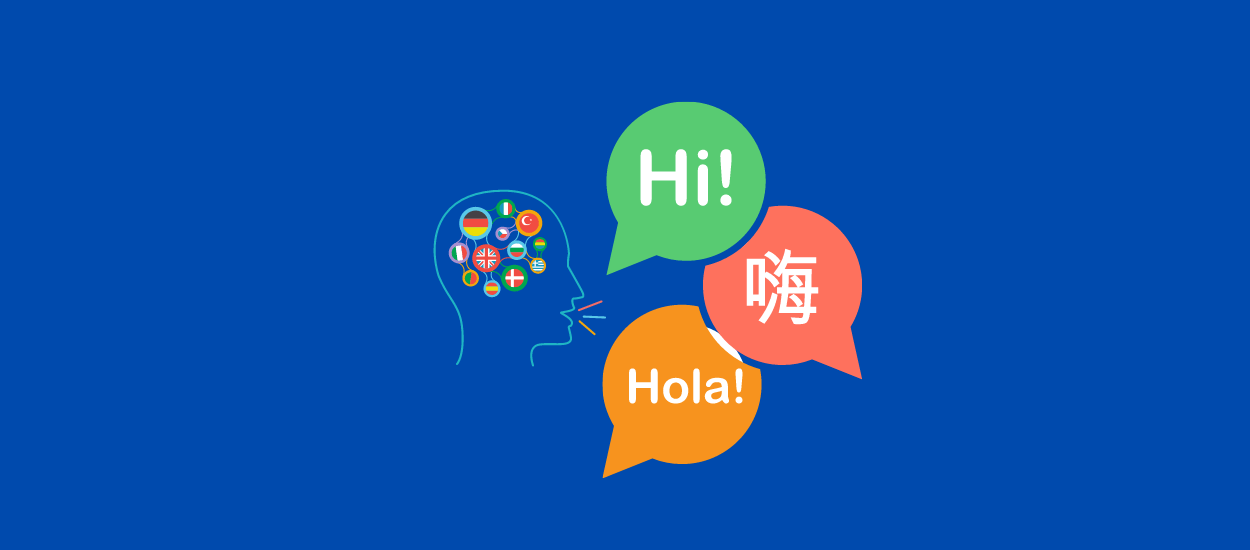Are you looking to ensure top-notch quality in your language translation services? Look no further! This article will guide you through the essential steps to guarantee accuracy and consistency in your translations.
From selecting the right translator to utilizing technology for quality control, we’ve got you covered.
By following these steps, you can guarantee high-quality interpretation and translation services that meet your specific needs.
Selecting the Right Translator
You should always choose a translator who understands the nuances of both languages. This is crucial to ensure accurate and high-quality translations. When selecting a translator, look for someone who isn’t only fluent in both the source and target languages but also has a deep understanding of their cultural context. This is because language isn’t just about words; it’s also about conveying meaning, tone, and cultural references.
A good translator should have a strong command of grammar, vocabulary, and idiomatic expressions in both languages. They must be able to capture the essence of the original text and effectively convey it in the target language. It’s also important to consider the subject matter expertise of the translator. Different industries have their own specific terminology and jargon, so it’s essential to find a translator who’s familiar with the field in which the translation is needed.
Furthermore, a reliable translator should possess excellent research skills. They should be able to conduct thorough research to ensure the accuracy of technical terms or specialized information. Additionally, a good translator should have excellent communication skills and be open to feedback and collaboration. This will allow for effective communication and ensure that the translation meets your expectations.
Providing Clear Instructions
To achieve accurate translations, it’s important to provide clear instructions and guidelines to the translator. When you provide clear instructions, you’re setting the foundation for a successful translation process.
Start by clearly stating the purpose and context of the translation. This will help the translator understand the intended audience and tone of the text. Additionally, provide any specific terminology or vocabulary that should be used or avoided. By giving the translator a clear understanding of the subject matter, they’ll be able to accurately convey the message.
It’s also helpful to provide any reference materials or previous translations that can serve as a guide. This will ensure consistency and coherence across all translations.
Furthermore, be open to answering any questions the translator may have during the process. Encourage them to seek clarification if needed.
Establishing a Quality Assurance Process
Ensuring accuracy and consistency in language translation services is crucial for maintaining high-quality standards. To achieve this, it’s important to establish a robust quality assurance process.
This process involves several key steps that help identify and rectify any errors or inconsistencies in the translations.
Firstly, it’s essential to have a team of skilled and experienced linguists who can accurately translate the content. These linguists should be well-versed in both the source and target languages, as well as possess a deep understanding of the subject matter.
Next, implementing a system for peer review can greatly enhance the quality of the translations. This involves having another translator review the work of the primary translator to ensure accuracy and consistency. It provides an additional layer of quality control and helps catch any potential errors or inconsistencies.
In addition, using translation memory tools can greatly improve the efficiency and consistency of the translations. These tools store previously translated segments and can suggest matches for similar content, ensuring consistency across different documents or projects.
Lastly, establishing clear communication channels between the translators and the clients is essential. This helps address any queries or concerns, ensuring that the final translations meet the client’s expectations.
Ensuring Accuracy and Consistency
To maintain accuracy and consistency in language translation services, it’s important to establish clear guidelines and processes. Start by providing translators with detailed instructions on the specific requirements of the project. Clearly communicate the desired tone, style, and target audience to ensure that the translation aligns with the intended message. Additionally, create a glossary of key terms and phrases to maintain consistency throughout the translation process. This will help avoid confusion and ensure that important terminology is translated accurately.
Another key aspect of ensuring accuracy and consistency is conducting thorough proofreading and editing. Assign experienced linguists to review the translated content for errors, inconsistencies, and cultural nuances. Encourage open communication between translators and proofreaders to clarify any doubts or address any concerns.
Using technology tools can also contribute to accuracy and consistency. Implement translation memory systems, which store previously translated segments for future use. This helps maintain consistency in terminology and style across different projects. Additionally, utilize automated quality assurance tools to identify potential errors, such as grammar or punctuation mistakes. You can also acquire USCIS certified Translation.
Regularly evaluate the quality of translation services through feedback and client reviews. This feedback loop allows for continuous improvement and ensures that guidelines and processes are effective in maintaining accuracy and consistency. By following these steps, you can ensure that your language translation services consistently deliver accurate and high-quality translations. After this you should also see how AI translation works ?
Utilizing Technology for Quality Control
By incorporating technology tools, you can improve quality control in language translation services. Technology offers a range of solutions that can help ensure accuracy and consistency in translations, as well as streamline the overall translation process. One effective tool is the use of translation memory software, which stores previously translated segments and suggests them for future translations. This not only saves time but also helps maintain consistency in terminology and style. Another useful technology is automated quality assurance software, which can detect errors such as spelling mistakes, grammar errors, and formatting issues. This helps catch and correct mistakes before the final translation is delivered to the client. Additionally, machine translation can be used as a starting point for human translators, allowing them to focus on refining and improving the translation rather than starting from scratch. The table below highlights some key technology tools and their benefits in quality control for language translation services:
| Technology Tool |
Benefits |
| Translation Memory Software |
Saves time, maintains consistency |
| Automated Quality Assurance Software |
Detects errors, ensures accuracy |
| Machine Translation |
Speeds up the process, assists human translators |
Incorporating these technology tools into language translation services can greatly enhance the quality control process, leading to more accurate and consistent translations.
Collaborating and Providing Feedback
Make sure to establish clear channels of communication to foster effective collaboration and gather valuable feedback in the language translation process. Collaboration is key in ensuring the quality of translation services. By establishing open lines of communication, you can work closely with your language translation provider to ensure that your requirements and expectations are understood. This allows for a more collaborative approach where you can provide input and feedback throughout the translation process.
Regular communication is essential in order to address any questions or concerns that may arise. By maintaining a dialogue with your language translation provider, you can clarify any ambiguities and ensure that the translation accurately reflects your intended meaning.
 In addition to communication, feedback plays a vital role in improving the quality of translations. Providing timely and constructive feedback allows the translator to make necessary adjustments and improvements. It’s important to be specific in your feedback, highlighting both the strengths and areas for improvement. This will help the translator understand your preferences and expectations, leading to better translations in the future.
In addition to communication, feedback plays a vital role in improving the quality of translations. Providing timely and constructive feedback allows the translator to make necessary adjustments and improvements. It’s important to be specific in your feedback, highlighting both the strengths and areas for improvement. This will help the translator understand your preferences and expectations, leading to better translations in the future.
Conclusion
In conclusion, ensuring quality in language translation services requires careful selection of translators, clear instructions, and the establishment of a quality assurance process.
It’s important to prioritize accuracy and consistency, and leverage technology for effective quality control.
Collaboration and providing feedback are also crucial in achieving the best possible translation results.
By following these steps, you can guarantee high-quality language translation services that meet your specific needs.
Copyright © 2023 California Business Journal. All Rights Reserved.



